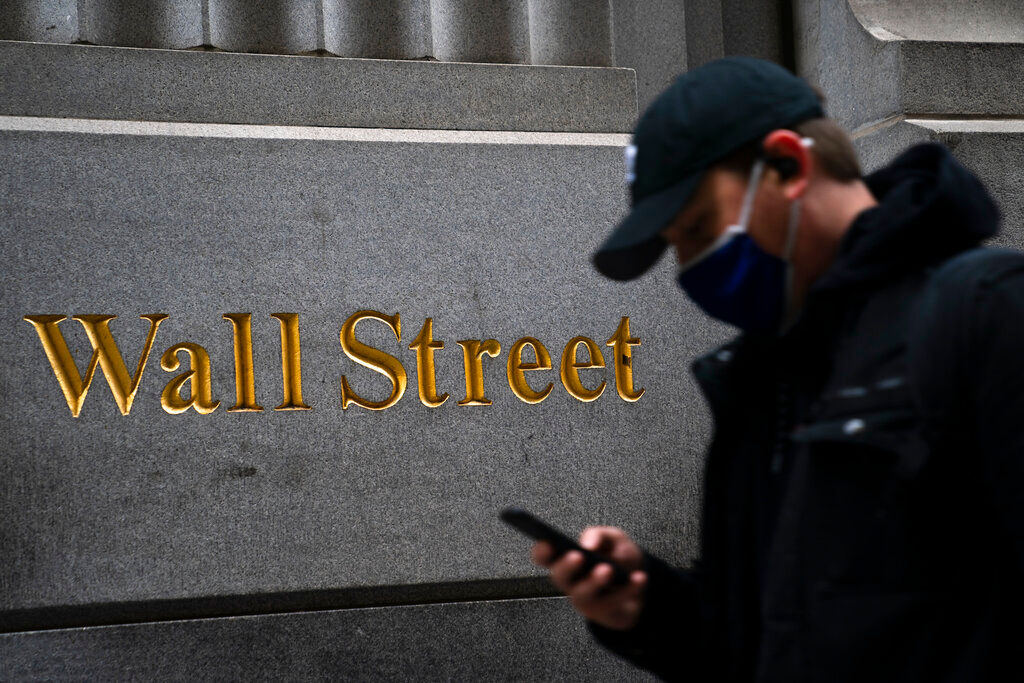Wall Street fell the most in more than a year on Monday, as another rise in oil prices threatened to tighten inflation’s hold on the global economy.
Also Read| US Stock Market: DJIA, S&P500 and Nasdaq turns red in early trade on Monday
The S&P 500 fell 3%, the most in 16 months after a barrel of US oil surged to $130 overnight on the possibility of a ban on Russian imports. Earlier in the day, stocks around the world fell, following the lead of oil’s movements.
Also Read| NSE Scam: Ex-CEO Chitra Ramakrishna sent to 7-day CBI custody
The benchmark S&P 500 fell 122.78 points to 4,201.09. The Dow Jones Industrial Average fell 797.42 points, or 2.4%, to 32,817.38.
The Nasdaq composite slid 482.48 points, or 3.6%, to 12,830.96. The tech-heavy index is now 20.1% below its record set in November.
Also Read| Trending Stocks: Dish Tv, Shriram, Metro Brands, NLC and others in news today
Such a decline means the index is now in what Wall Street calls a bear market. The S&P 500 is down a more modest 12.4% from the peak it set in early January.
Gold and a measure of nervousness on Wall Street also rose, though not by quite as much as when oil prices hit their peak. The price of gold briefly rose above $2,000 an ounce before settling at $1,995.90, up 1.5%
Also Read| Trade Setup: Top 15 things to know before market opens on March 8, 2022
A barrel of U.S. crude oil settled at $119.40 per barrel, up 3.2%, after earlier touching $130.50. Brent crude, the international standard, settled at $123.21 per barrel, up 4.3%, after earlier topping $139.
Also Read| LIC IPO: Ukraine crisis likely to impact foreign investor interest
Meanwhile, smaller-company stocks also fell sharply. The Russell 2000 index fell 49.57 points, or 2.5%, to 1,951.33.
The value of the Russian ruble continued to slide amid all the financial pressure, falling 12% to 0.7 cents. Treasury yields climbed. The 10-year yield rose to 1.78% from 1.72%.







